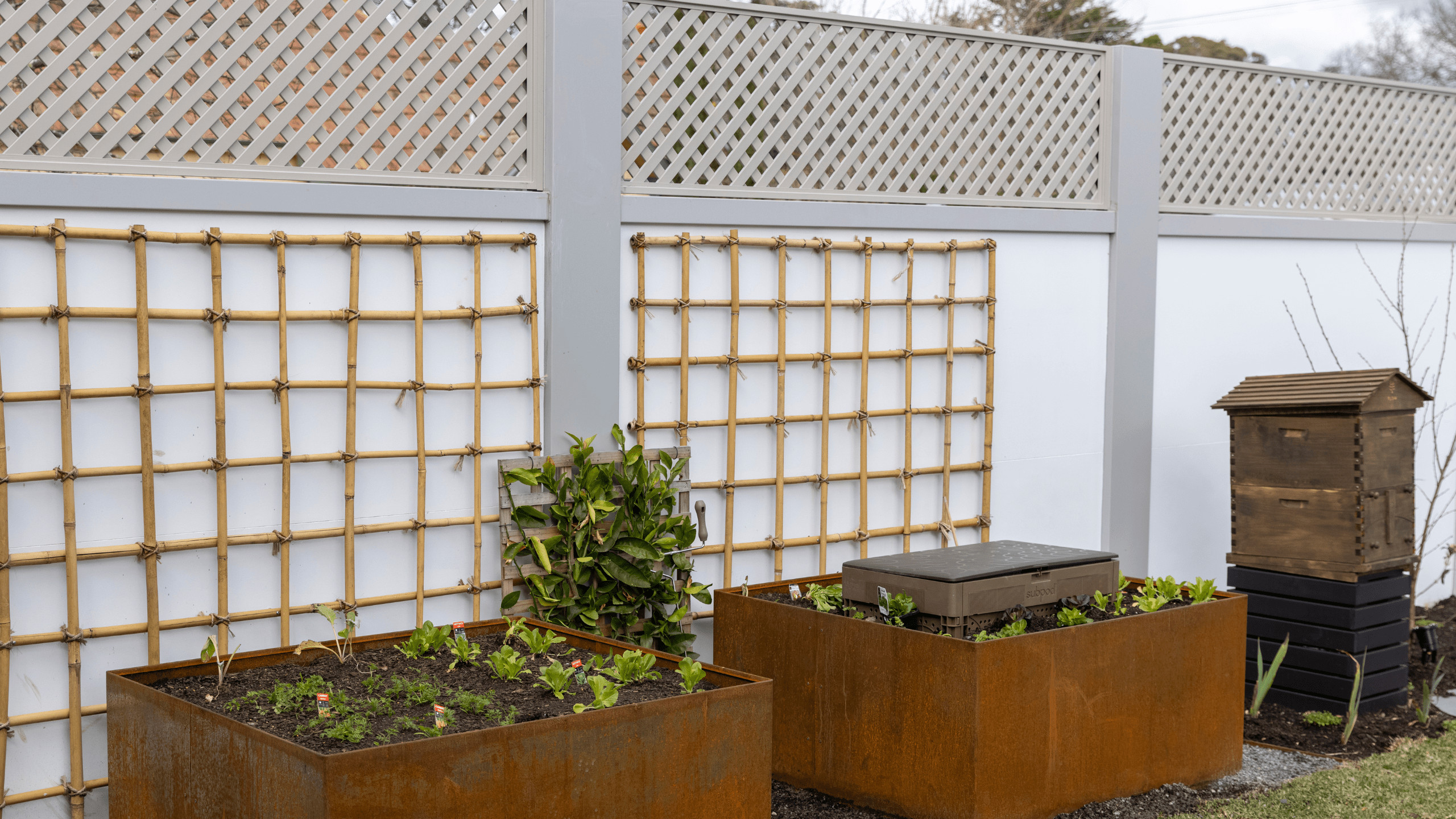Seasons change – and so should your gardening to complement these shifts. See our Autumn and Winter gardening tips to get the most out of your garden.
Preparing your garden for the cooler, dormant months of autumn and winter requires plenty of fertiliser so that your soil can replace the nutrients leeched out during the heavy rains that come with the cooler months. Implement some sheltering and insulation techniques, such as wind breaks and coconut fibre mulching, and consider potting your more fragile plants to relocate them to somewhere more protected until spring.
‘And all at once, summer collapsed into fall’ – Oscar Wilde
Autumn is a time to prepare, nurture and plant bulbs and seeds to be ready in spring and summer. Whilst it is a slowing down period for a lot of your plants, many gardeners appreciate the crisp, fresh atmosphere of autumn gardening. These gardening tips are essential in maintaining your garden during thew autumn months.
Deciduous plants will start browning and shedding their foliage – after frolicking amongst the piles, rake these up and use to mulch your garden as a beautiful, effortless way to return nutrients to your garden beds. As long as the soil remains moist and composted, autumn is also a wonderful season to plant new trees and shrubs.
The air is starting to crisp, and our edible gardens must be filled with slightly hardier plants that aren’t affected by frost or rain. Stick to:
- coriander
- garlic bulbs
- marjoram
- oregano
- parsley
- thyme
- winter tarragon
Fruits and veggies that prefer the Autumn months include:
- broad beans
- green beans
- English spinach
- peas
- strawberries


Winter is coming
Winter is the survival season for most plants. Move your pots into more protected areas and water them with tepid water to minimise shock to the roots. For more cold-sensitive plants, consider using frost-protector sprays to add a layer to delicate foliage.
But winter doesn’t have to be devoid of colour – winter bloomers such as camellias, birds of paradise and jasmine can add a touch of brightness to your garden through the frostier months.This is also a handy time to prune overgrown plants at the end of winter before they begin to bloom in the springtime – but don’t cut too much while they’re in their dormant state.
It is the harshest time for our edible gardens – but it doesn’t mean they have to be bare. Pick herbs that continue to grow amidst the frost, such as:
- chamomile
- dill
- lemon balm
- marjoram
- mint
- oregano
- parsley
- sage
- thyme
For your veggie patch, you can pick from this hardy selection to fill out your crop:
- artichoke
- asparagus
- beetroot
- broccoli and cauliflower
- brussels sprouts
- cabbages and lettuces
- root vegetables such as carrot, silverbeet and radish
- celery, endives and Chinese greens
- leek and onions
- peas and snow peas



